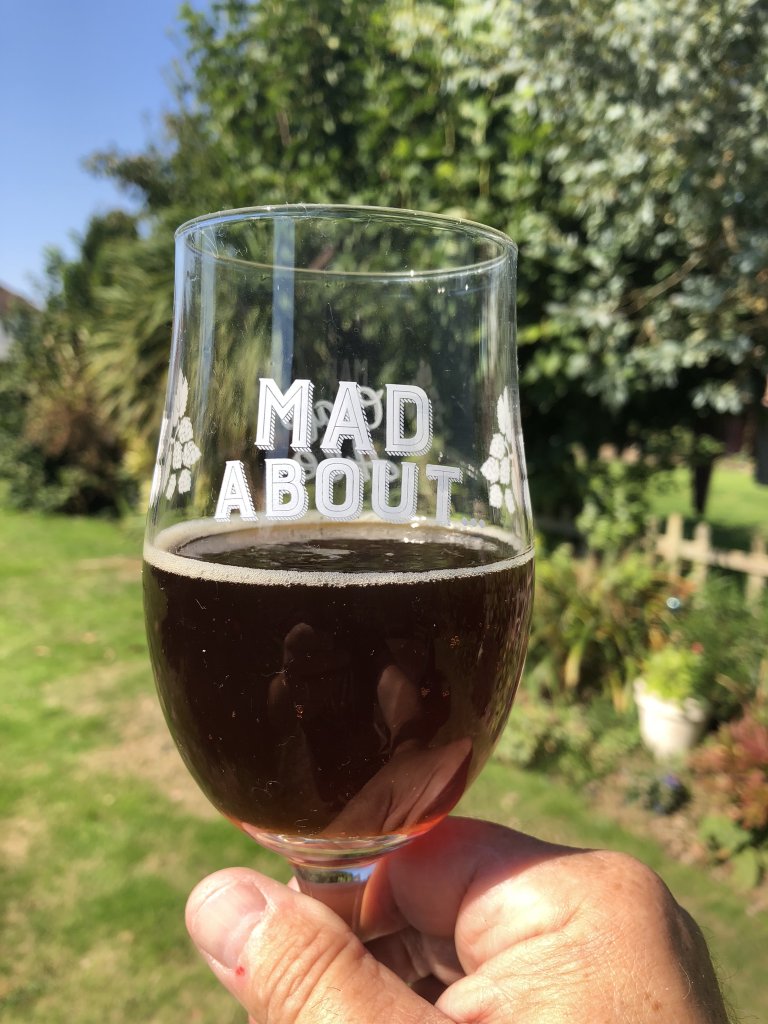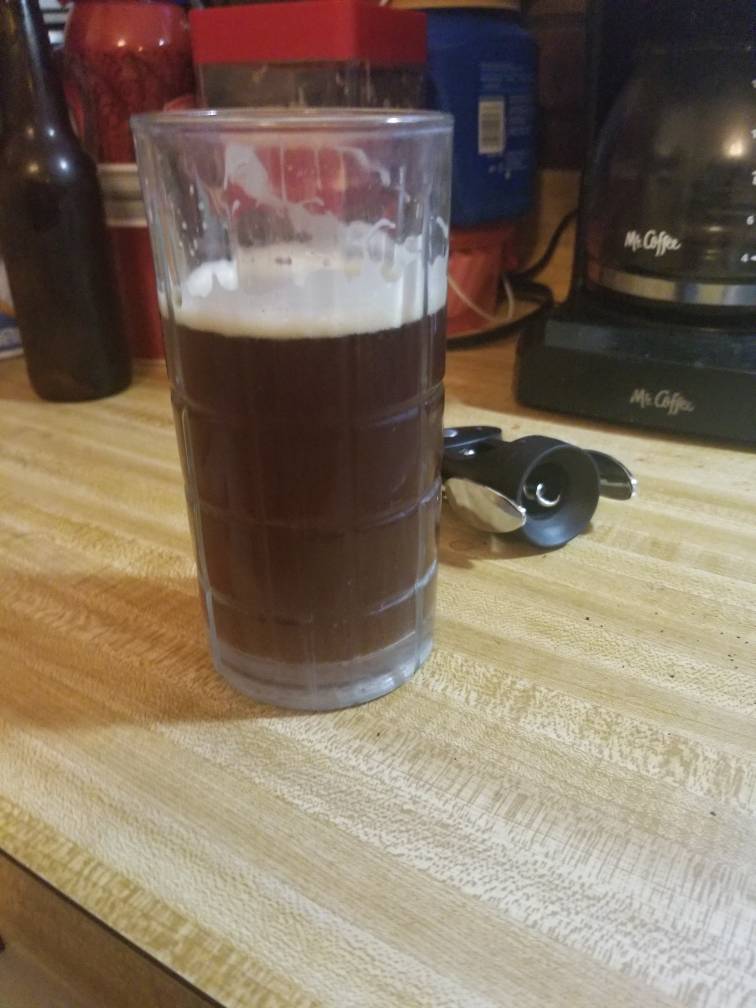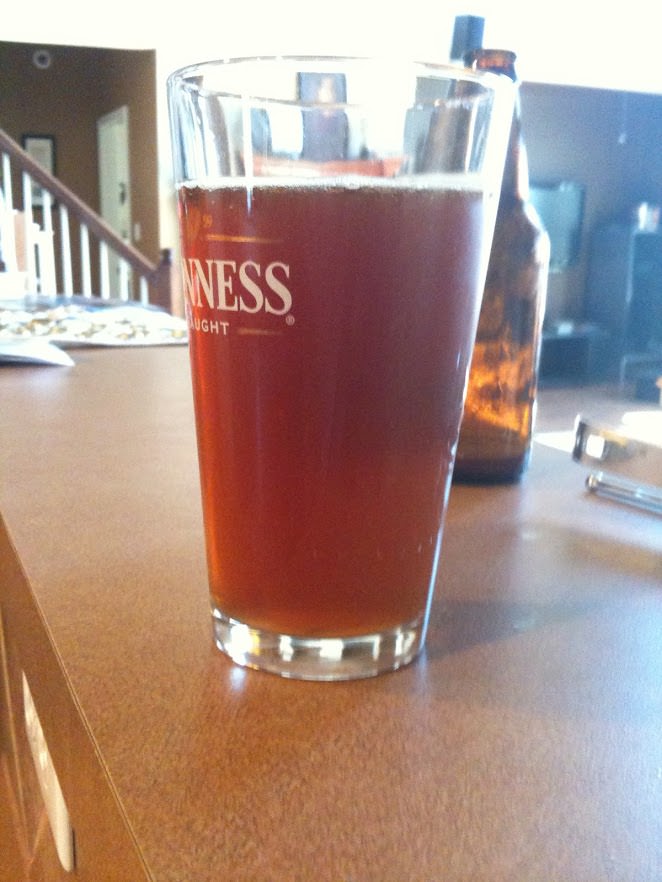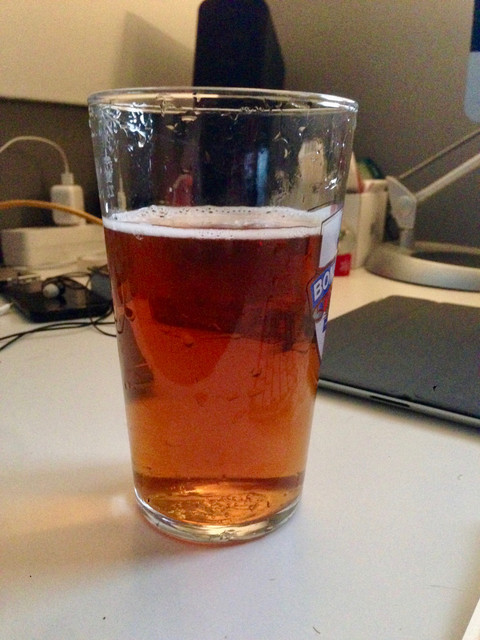let me back up and explain what I said before. I left out my reason . When I started brewing I read a lot as I do all my other hobbies before I jump feet first into the deep end. To be clear, I batch prime in the bottling bucket ,let that mix itself as I gently hose rack (whirlpool) the finished ferment into the bucket on top of the priming sugar water. I'll give it a gentle swirl stir with my SS spoon. Bottling wand it into long-neck bottles and cap with a red baron wing capper.
Instructions told me I could drink my beer 2 weeks after bottling. So, naturally I did because I got impatient and it said I could. Who here wasn't excited to taste their first homebrew,right? I found the first few bottles were ok, it was beer but lacked a little something. Maybe it was a bit flat and probably a bit "green" . Nothing bad, mind you, just not optimal. So, as I went through the 2 cases of it I didn't have a dedicated fridge to cool my brews , I had to put them in a few at a time. As I got through it ,the ones that sat out longer at room temp got better. Better carbonation, the head bubbles got tinier ,the flavors developed smoother yet more intense if that makes any sense. I just happened to figure out what worked. It still does. My Oatmeal stout is the same way. First bottles were good. The ones that were allowed to rest as it were, improving nicely , more of what I expected. Head foam is almost like merengue,nice and light but stands firm.
























































![Craft A Brew - Safale BE-256 Yeast - Fermentis - Belgian Ale Dry Yeast - For Belgian & Strong Ales - Ingredients for Home Brewing - Beer Making Supplies - [3 Pack]](https://m.media-amazon.com/images/I/51bcKEwQmWL._SL500_.jpg)






